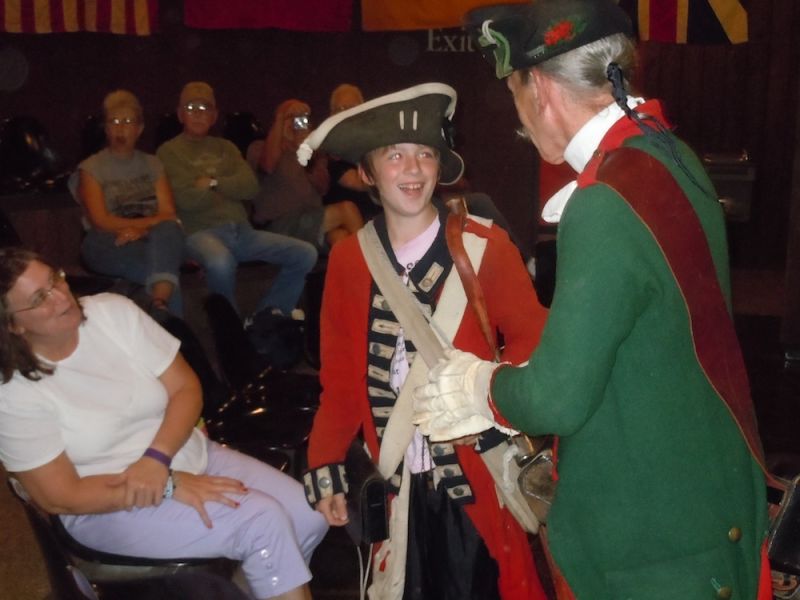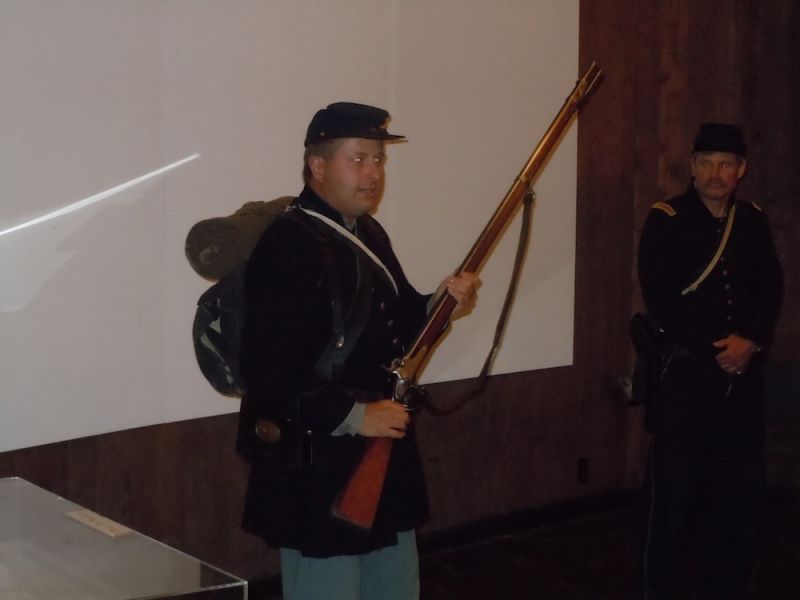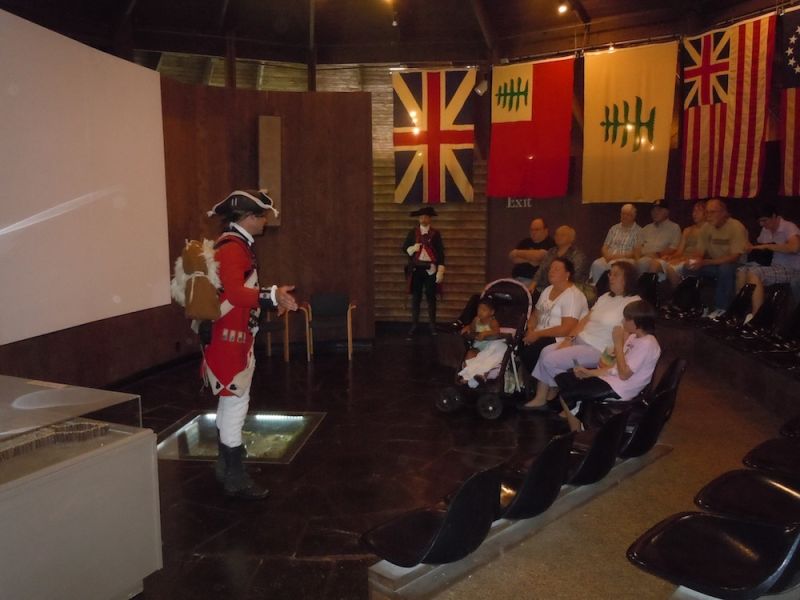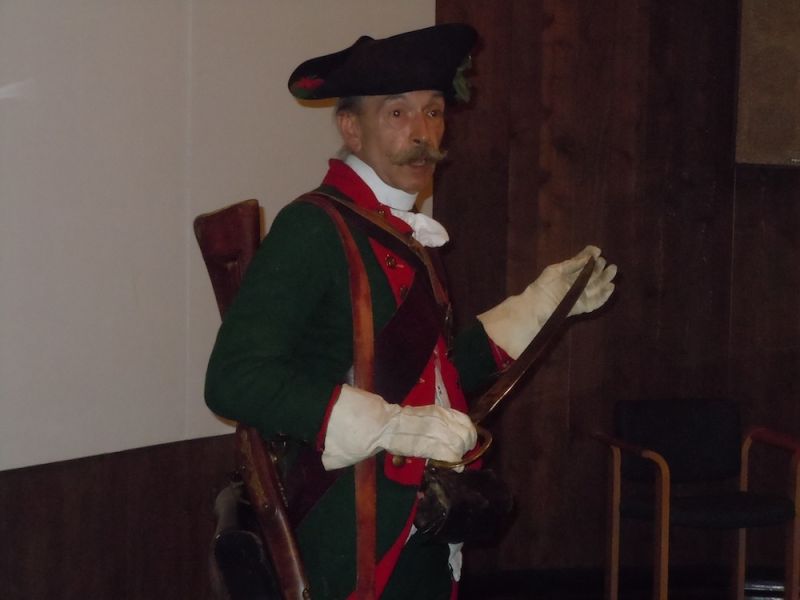Hands on History Makes Afternoon Fun for the Whole Family
Summary:
Fort Laurens held Dressed for Battle on Sunday August 21, which gave participants the chance to experience the similarities and differences of battle gear between the Revolutionary and Civil wars.
Article:
It is not every day that you could see Revolutionary War and Civil War re-enactors standing side by side. The two wars were separated by roughly 80 years and revolved around different circumstances, but the uniforms and weapons were not that different and that was something that attendees to Fort Laurens August 21 program Dressed for Battle learned.
We wanted to do a program that gave visitors a chance to learn something new about history but to do so in a fun and interactive way, and I think we accomplished that by listening to the feedback from our participants, said Fort Laurens site director Tammi Mackey. Our re-enactors passed around items from their uniforms, such as backpacks, and gave the visitors the chance to see how even those changed between the two wars. British soldiers used a plain canvass bag while Union soldiers during the Civil War used a cotton bag that was treated with tar, making it waterproof and more durable. Its differences like that that many might not have known about.
Each presenter was given 15 minutes to talk about his uniform, accessories and weapons and to talk about the backgrounds of each type of soldier. The first presenter of the afternoon was Doug Foutz as a British Soldier from the Revolutionary War.
Many British soldiers were commoners and sometimes prisoner who were given the chance to serve, and because of that the uniforms were designed to make them look more presentable, especially since many of the militarys financial backers were well-to-do British nobility, said Foutz. Thats why the uniform looks like many of the high-end fashions of the day, including tails on the jackets and waistcoats. Along with the uniforms British Soldiers were equipped with a smooth-bore musket, bayonet, and officers carried a sword that was used more for giving directions than for battle.
While British Soldiers used their smooth-bore muskets, German Jaegers, who the British contracted for support used rifles. The difference being accuracy, muskets were accurate, if you could call them that, to 60 yards while rifles were accurate up to 200 yards. By using rifles the German Jaegers would take out officers and musicians causing chaos among the ranks. It wasnt until the 1800s that the British military had rifles, explained Warren Norton, a German Jaeger re-enactor. Up to one-third of the British Military at the time of the Revolutionary War was made up of German fighters. Jaegers, like my self, were hunters for noblemen at the time who were drafted into the military and used for precision tactics. Jaegers wore green uniforms while the rest of the German military members wore blue.
The final two presenters were Civil War re-enactors Ken Hillegass and Ray Slattery who explained the uniforms and weapons of the civil war, and their similarities. Most notably the similarities in weaponry, with the Union still using muskets, but the big difference being the switch to percussion caps instead of using flint to provide the spark for the gun powder. The big takeaway from the more than 20 guests was the overall similarities between the two wars in terms of uniforms and weaponry.








